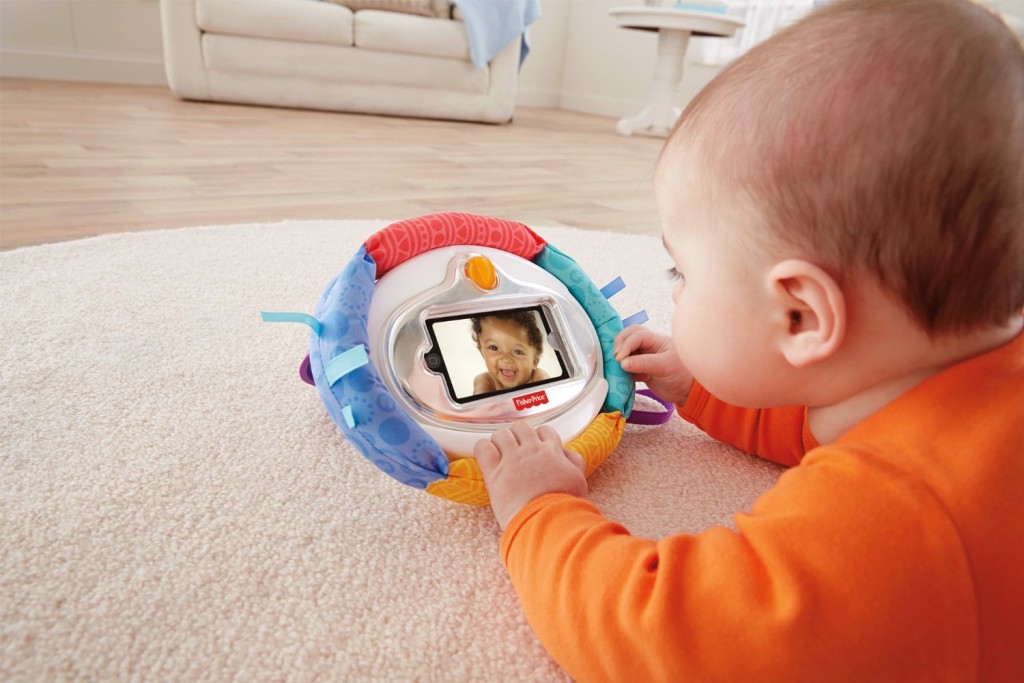 We live in a consumer age. Parents feel guilty if they head home after a long shopping day without a little something for the kids.
We live in a consumer age. Parents feel guilty if they head home after a long shopping day without a little something for the kids.
With television marketing specifically to children, kids are constantly focused on the next big toy, as they beg you for it after every commercial.
There is so much we have to worry about when it comes to steering our kids in the right direction. Choosing which toys are best for them is now a simpler choice.
Turns out that buying into the toy vector may be selling your kids short. The high end toys with all the buttons and commands rob your children of more than you think.
Research by experts in the field of developmental psychology has discovered the vital skills learned through playing with simple toys will put your kids ahead of the rest.
Romper reported:
“While electronic toys can be compelling and educational with their lights, sounds, letters, numbers, and moving images, they don’t foster two important aspects of play for young children: imagination and connection,” Dr. Sharon Saline, Psy.D., clinical psychologist, tells Romper. “Young children benefit from the neurological growth that imaginary play with simple toys offers them.”
This sounds great, but you wonder, “What exactly is a simple toy?”
A study by Temple University that was in Science Daily pointed out some examples of simple toys that was used in their research:
“Old-fashioned retro toys, such as red rubber balls, simple building blocks, clay and crayons, that don’t cost much are usually much healthier for children than the electronic educational toys that have fancier boxes, according to developmental psychologists. Children are creative problem-solvers and benefit from a toy that doesn’t command the child, but lets the child command it.”
When shopping for your next toy purchase, which doesn’t have to be often, ask yourself if the toy controls the play, or if the child has the opportunity to manipulate the play.
With a video game the rules are already set. The child is forced to operate within the imaginative confines already laid out in the coding of the game.
A toy such as chalk, forces the child to develop the boundaries and behaviors they want to create for the game whether it is hopscotch or roadways for race cars.
“These moments help them integrate observations from daily life into new, creative ideas and behaviors,” Dr. Saline explained.
Electronic games and ones that command the child usually have one mode of direction and outcome.
A child’s mind is open and solution-oriented when a single simple toy has innumerable play positions.
Lead researcher Dr. Kathy Hirsh-Pasek for the Infant Research Lab at Temple University noted, “The more the toy does, the less your child is doing — both physically and mentally.”
No mother wants to create an environment where their child has no room to expand their mind and physical limitations.
The toy industry definitely leads parents to believe that the complex interactive electronic toys are the ones that are going to make your child smarter, and if you don’t purchase them your children are going to be lagging behind.
This pervasive epidemic of needing to stay on top of the global marketplace has fueled a consumer centered society that our children are paying the price for.
By the end of 2014 the United States toy market closed with a $23 billion revenue stream, according to World Atlas. The motives of the toy industry are profit based.
Social interaction is stifled when children don’t know how to incorporate imaginative play. Most hi-tech games and toys are created for individual use; to entertain the child so they will play alone.
Romper reported:
“Simple toys also promote essential person-to-person connections because children have to play with each other, Saline says. Kids learn vital social skills by interacting with others — this ultimately builds their emotional intelligence and ability to problem solve. They also pick up ways of reading how another person is feeling and how to respond, which is essential to building empathy and strong intrapersonal skills. “These are critical elements of child development that become more important as children mature, but also become harder to teach and learn if missed early on,” Saline notes.”
Successful marketers have planted the “more is better” ideology so deep within family life that we feel toys are a childhood necessity.
Toys are fun, and a pleasure we like to lavish on our children, but choosing a simpler toy may be worth giving a try next time we dote on them.
It may take some transitioning time for a child to learn to stretch their creative muscles with a simple toy if they are used to playing with electronic games.
Watching their creative thinking, imagination, and social interaction grow as their choice of toy does is worth all the effort.
Please let us know in the comments section if you have noticed a difference in play when your kids are using a simple or complex toy.
